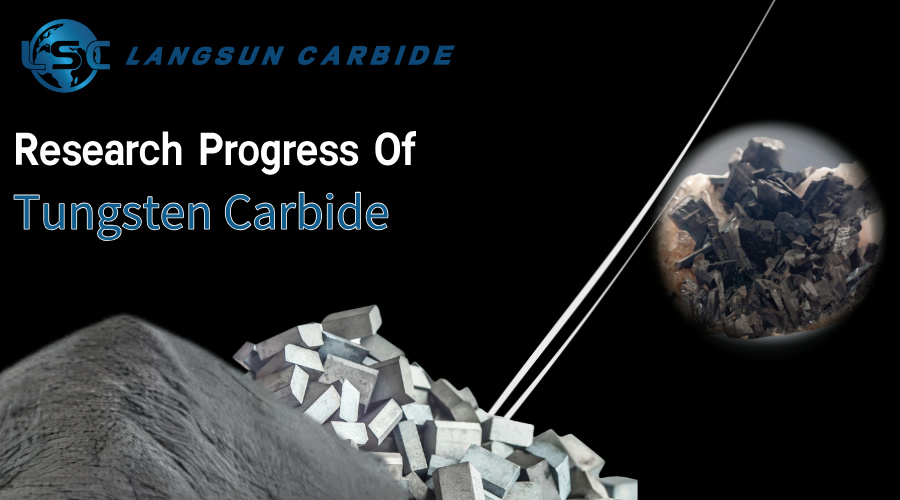Tungsten carbide, a compound composed of tungsten and carbon, is renowned for its superior hardness and high resistance to wear. This material forms the backbone of various industrial applications, from cutting tools to wear-resistant components. With ongoing research, tungsten carbide continues to evolve, offering more efficient and durable solutions.
Tungsten carbide (WC) is a remarkable material with impressive properties such as high melting point, density, and hardness. When bonded with a metallic binder such as cobalt, it forms cemented carbide composites, enhancing its toughness and utility in practical applications.
One of the significant research focus points is grain refinement in tungsten carbide composites. Advances in nanotechnology have enabled the production of ultra-fine grains, which dramatically improve the material's hardness and wear resistance. Researchers have developed novel techniques to control grain size during the sintering process, leading to superior quality and performance in end products.
Traditional tungsten carbide composites use cobalt as the binder. However, recent studies have explored alternative binders like nickel and iron, which offer distinct advantages such as improved corrosion resistance and lower cost. These innovations are crucial for applications in corrosive environments and for reducing reliance on cobalt due to its cost and limited availability.
Coating tungsten carbide with advanced materials has shown significant promise in enhancing its wear and thermal resistance. Techniques like Physical Vapor Deposition (PVD) and Chemical Vapor Deposition (CVD) are being refined to produce thinner, harder, and more adherent coatings. These advancements allow for the prolonged lifespan of tools and components in high-stress conditions.

The versatility of tungsten carbide is reflected in its widespread use in mining, machining, and manufacturing industries. Cutting tools, drill bits, and milling cutters benefit from the material's robustness, enabling precision machining and extended tool life. Emerging applications include medical devices and aerospace components, where durability and reliability are paramount.
The future of tungsten carbide research lies in further enhancing its properties and expanding its applications. Areas of focus include:
The continuous advancement in tungsten carbide research underscores its importance in modern industries. From grain refinement and binder innovations to advanced coatings, the strides made in this field promise more efficient, durable, and versatile materials. As research progresses, we can expect tungsten carbide to play an even more critical role in the development of high-performance tools and components.